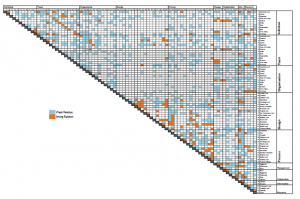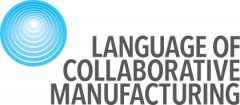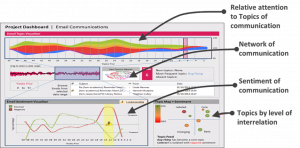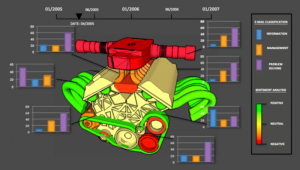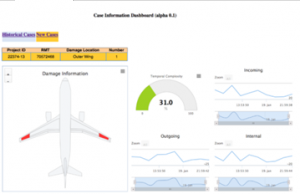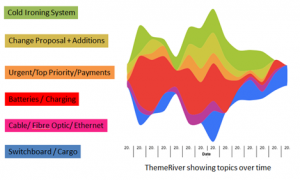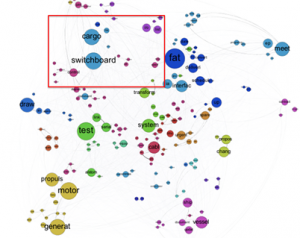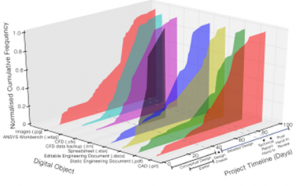Over the last quarter we have been consolidating our analysis, with the aim of grouping analyses into prototype dashboards for communications, records and representations (such as CAD). Further work has been completed to finalise the full range of project features associated with the concept of engineering project health monitoring. We have now identified 85 features (proxies) for engineering Project Health Monitoring (ePHM) and started work on validating these, and ranking their relative importance for engineering project health.
Due to the number of features, this is proving quite a time consuming task – here is a small sample of the matrix!
